
Chúa Nhật 28 Mùa Thường Niên - Năm C
2 Các Vua 5:14-17
Thánh Vịnh 98:1, 2-3, 3-4
2 Timôthê 2:8-13
Luca 17:11-19
Đề tài Chúa Nhật tuần này là biết ơn.
Câu chuyện Tướng Naaman của xứ
Trong bài Phúc Âm, Chúa Giêsu chữa lành 10 người phong hủi, nhưng chỉ có một người trở lại tạ ơn Chúa, mà người đó lại là nguời Samaria. Chín người kia chắc chắn cũng đã được khỏi. Họ có thể không quên ơn Chúa, nhưng có lẽ họ đặt việc trở về với gia đình và bạn bè trên việc tạ ơn Chúa. Người Samaritanô trở lại cảm ơn Chúa trước rồi mới về nhà, vì anh cảm thấy đó là điều tối quan trọng, một nhiệm vụ. Anh đến sấp mình dưới chân Người vì anh tin rằng Người là Thiên Chúa. Anh sấp mình thờ lạy và tôn vinh Người để tạ ơn.
Trong cả hai câu chuyện trên, người phong hủi là những người bị loại ra ngoài xã hội vì bệnh tật ghê tởm của họ, và họ chỉ được trở về với xã hội sau khi được tư tế chứng nhận là họ đã lành mạnh hẳn. Cũng trong hai câu chuyện, người trở lại cảm tạ Thiên Chúa lại là người ngoại. Điều này nói ý định cứu độ phổ quát của Thiên Chúa và tình thương của Ngài đối với mọi người. Chính vì tình thương đó mà Ngài đã công bố ơn cứu độ của Ngài trước mặt chư dân bằng cách sai Con Một xuống trần sinh bởi dòng Đavid để đem Tin Mừng cứu độ cho muôn dân.
Hầu hết chúng ta chạy đến Chúa để khẩn cầu Chúa ban cho hết ơn này đến ơn khác, mà quyên rằng có năm loại cầu nguyện: chúc tụng và thờ lạy, khẩn cầu, chuyển cầu, tạ ơn, và ca ngợi (GLCG 2626-2639). Nhiều khi chúng ta trách Chúa vì đã không ban cho chúng ta những ơn chúng ta xin, và ít khi chúng ta nhớ cảm tạ Chúa và những ơn lành Ngài ban. Khi nhận được ơn Chúa, con người phải biết trở lại thờ phượng Ngài.
Tạ ơn Chúa chính là cầu nguyện. Sách Giáo Lý viết: “Tạ ơn là đặc tính của kinh nguyện Hội Thánh, đặc biệt khi cử hành Thánh lễ. Thật vậy trong công trình cứu độ, Ðức Ki-tô giải thoát toàn thể thụ tạo khỏi ách thống trị của tội lỗi và sự chết, để thánh hiến và qui hướng chúng ta về với Chúa Cha, để tôn vinh Chúa Cha. Lời kinh tạ ơn của các chi thể trong Thân Thể được tham dự vào lời tạ ơn của Ðức Ki-tô là đầu” (GLCG 2637)
Cũng như trong kinh nguyện khẩn cầu, mọi biến cố và mọi nhu cầu đều có thể trở thành dịp để dâng lời tạ ơn (GLCG 2638).
Tất cả mọi sự chúng ta đang có đều do ơn Chúa. Trong đó ơn quý trọng nhất là ơn được làm con cái Thiên Chúa trong Đức Tin. Qua Bí Tích Thánh Tẩy, chúng ta đã cùng chết với Đức Kitô cho nên chúng ta cũng được cùng sống với Người như Thánh Phaolô nhắc nhở trong thư thứ hai gửi Thánh Timôthê. Chúa Giêsu không những chết để cho chúng ta được sống, mà còn trở nên lương thực nuôi dưỡng linh hồn chúng ta trong Bí Tích Thánh Thể, là Bí Tích Tạ Ơn. Cho nên chúng ta phải biết ơn Chúa bằng việc làm của chúng ta. Như tướng Naaman và người Samaritanô được chữa lành, chúng ta hãy quay về với Chúa, nhất là sấp mình trước Nhà Tạm để tạ ơn Chúa vì mọi ơn là Chúa ban. Đồng thời chúng ta hãy noi gương Thánh Phaolô tạ ơn Chúa bằng việc làm qua việc hy sinh thì giờ cầu nguyện, soạn bài, chấp nhận mọi đau khổ, khó khăn, hiểu lầm, và ngay cả xiềng xích hay cực hình để mang Tin Mừng cứu độ đến cho mọi người nhất là cho các học sinh của chúng ta।
Thánh Vịnh 98:1, 2-3, 3-4
2 Timôthê 2:8-13
Luca 17:11-19
Twenty-eighth Sunday in Ordinary Time—Year C
2 Kings 5:14-17
Psalm 98:1, 2-3, 3-4
2 Timothy 2:8-13
Luke 17:11-19
The topic of this Sunday is gratitude.
The story of general Naaman of Syria who was cured by the prophet Elisha from leprosy happened during the reign of Ahaziah of Israel, about 850 BC. After being cleaned, he returned to thank the man of God and resolved to worship only the God of Israel: “Now I know that there is no God in all the earth, except in
In today’s Gospel, Jesus cured 10 lepers, but only one returned to thank Him, and that man was a Samaritan. Surely the other nine were also cured. They might be grateful to the Lord, but they put other tasks, such as return to their families or friends, at higher priority than returning to thank God. The Samaritan returned to thank Jesus before going home because he felt this is his most important duty. He put God first. He prostrated himself before Jesus to show his appreciation, to adore Him as God, because he believed that Jesus is God.
In both stories, the lepers are the ones who were rejected by the society because of their disease. They can only be permitted to return to normal life after being certified by a priest that they are clean (Lev 14:2-4). Leprosy is a true metaphor for our sins. Because of sin, men were cut off from the relationship with God. Jesus came to clean us from sin and restore this relationship when He died for our sins on the Cross. However, we continue to sin, so we need the healing power of Jesus through the priests in the Sacrament of Reconciliation to cleanse us from our personal sins and integrate us again into His Body, the Church.
Also in both stories, the ones who returned to thank God are gentiles. This attests to the universal scope of God’s will to save all people, regardless of race. Because of His love, God has revealed to all the nations His saving power (Ps 98) by sending His Only Son to the world as a descendant of David to bring the Good News of salvation to all the nations. We must be thankful to God because of this saving power.
However, when we pray, very few of us know to thank God like Naaman or the Samaritan leper in today’s reading; we only ask God to satisfy our needs or desires. Many times we complain that God did not listen to our petitions, yet we seldom remember to thank God for His blessings. When receiving His blessing, we must return to adore Him in Thanksgiving. Thanksgiving is one of the five basic types of prayer that the Church teaches us: the prayer of blessing and adoration, the prayer of petition, the prayer of intercession, the prayer of thanksgiving and the prayer of praise (CCC 2626-2639).
In fact, thanksgiving is the most important prayer. “Thanksgiving characterizes the prayer of the Church which, in celebrating the Eucharist, reveals and becomes more fully what she is. Indeed, in the work of salvation, Christ sets creation free from sin and death to consecrate it anew and make it return to the Father, for his glory. The thanksgiving of the members of the Body participates in that of their Head” (CCC 2637). “As in the prayer of petition, every event and need can become an offering of thanksgiving” (2638).
Everything that we have comes from God. The most precious gift is to become children of God in Faith. Today




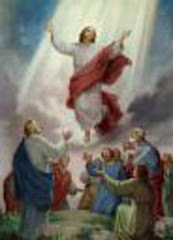

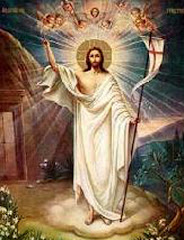
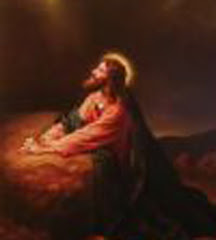



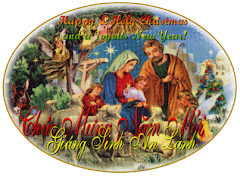
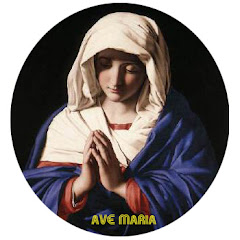
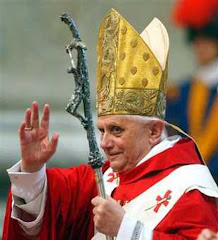
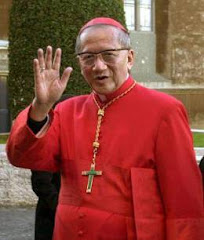

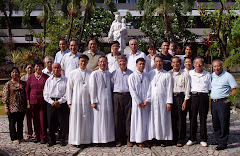


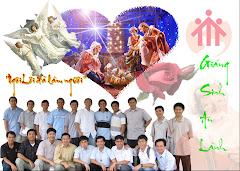
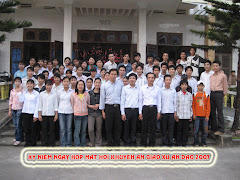
Không có nhận xét nào:
Đăng nhận xét